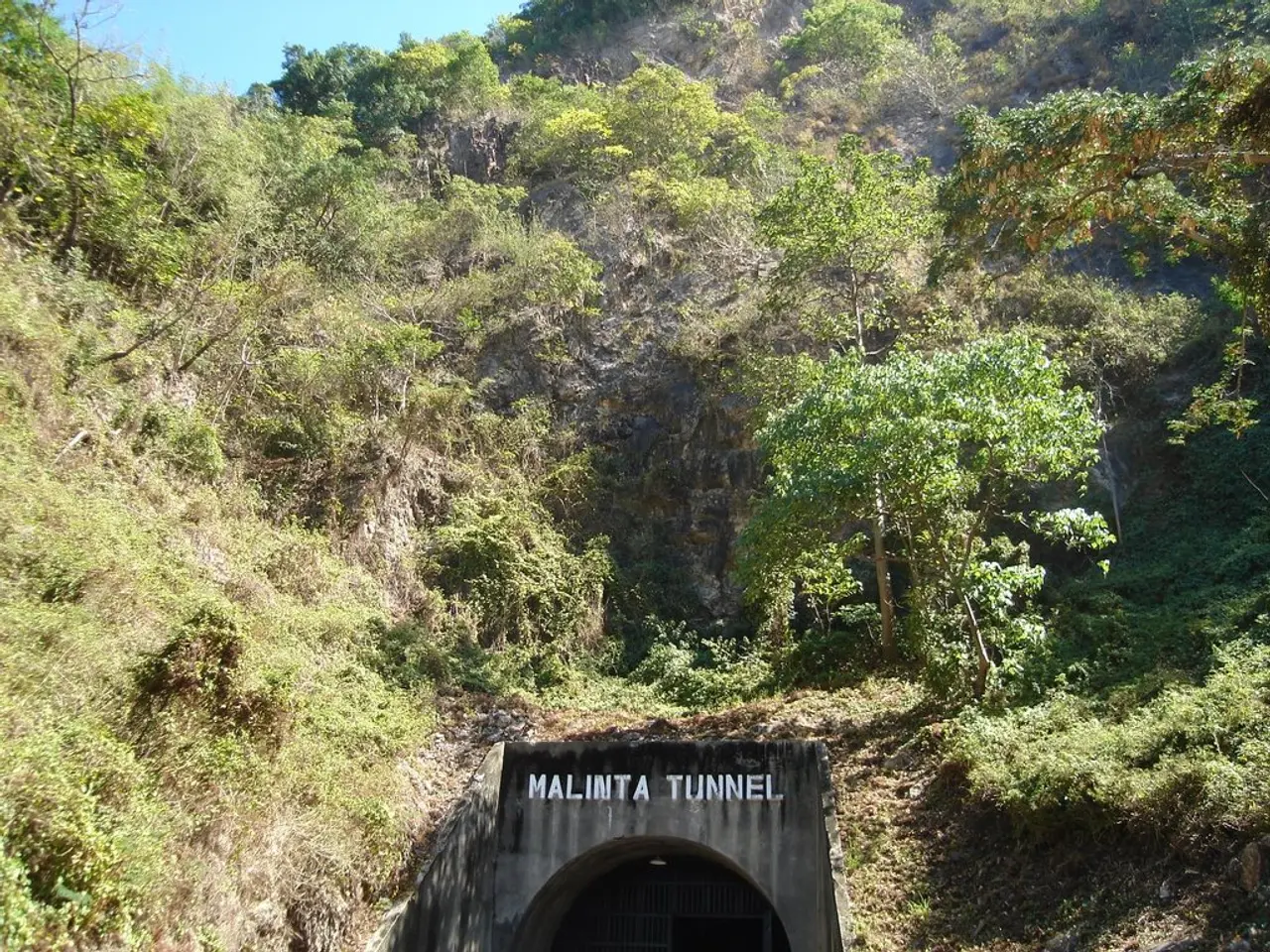Researchers Discover Massive Subterranean Tunnels - Constructed Neither by Humans nor by Natural Forces
In a groundbreaking discovery, researchers have uncovered a series of ancient tunnels in Brazil and Argentina, offering new insights into the behaviour of Pleistocene-era animals and human-animal dynamics.
These tunnels, some extending over 600 meters in length and standing 1.8 meters tall, have been found in remarkable numbers across the Rio Grande do Sul region. The identification of these structures as animal-made requires cross-disciplinary efforts, combining geological mapping, biological inference, and trace fossil analysis.
The digging of these burrows is suggested to have been done by prehistoric animals, most notably the giant ground sloth (Megatherium or related genera), which roamed South America during the Pleistocene epoch. The discovery of these tunnels represents a paradigm shift in paleontology and geology.
Giant ground sloths were formidable creatures, as large as elephants with powerful limbs and massive claws. These traits, which would have made them well-suited to excavation, are evident in the enormous claw scratches found on the walls of the tunnels. More than 1,500 of these so-called "paleoburrows" have been documented, and many exhibit consistent and unmistakable markings.
The interactions between humans and giant sloths, as suggested by the presence of these tunnels, hint at a shared evolutionary space. This space, where competition, predation, and perhaps even cohabitation occurred, challenges previous ideas about life at the end of the Ice Age.
A 2018 study published in Science Advances argues that humans not only encountered these giant sloths but likely hunted them, as evidenced by fossilized footprints in White Sands National Park in New Mexico. Sloths, with their strong arms and sharp claws, would have been formidable prey, giving them a clear advantage in close-quarter encounters.
Researchers are now considering ecological roles these structures may have played, such as migration corridors, nesting grounds, or climate shelters. The tunnels exclude geological processes like erosion or lava tubes as their origin and don't resemble any known anthropogenic structures.
The abundance, preservation, and internal consistency of these tunnels make it difficult to dismiss them as anything but the work of extinct burrowing giants. The emerging evidence from paleoburrows and fossilized interactions between humans and megafauna continues to redefine our understanding of prehistoric life.
In conclusion, the discovery of these paleoburrows in South America provides valuable new information about the behaviour of giant ground sloths and the interactions between these creatures and early humans. The findings challenge our previous understanding of life at the end of the Ice Age and offer exciting opportunities for further research and discovery.








